If we want to develop a long term plan for a more equitable education system, then we need a clear map to guide our way. In a recent roundtable and webinar series, in collaboration with Cambridge Assessment Network, FED National Director Loic Menzies explored the information policy makers need to help them draw that map.
In this blog he summarises four key conclusions which are explored in greater depth in his recent series of think-pieces.
1. Look beyond thresholds and averages
If we want an education system that secures equity, then pupils on the edges of the attainment distribution can’t be forgotten. This means policy makers need to avoid fixating on averages and thresholds – whether that be the average impact of a new intervention, or the proportion of pupils who achieve a ‘good pass’ in Ebacc subjects. While these things might matter, problems occur when headline-grabbing figures dominate the agenda. Map-making often starts with triangulation from a high vantage point, but if the surveyor only looks at part of the landscape, the image will be distorted.
All of us who are interested in education policy need to check our peripheral vision to see the full panorama. Progress 8 has helped reduce a myopic focus on the old C-D borderline but blindspots remain, including achievements by pupils with certain forms of SEND and in relation to how different approaches to school improvement might work in different contexts.
2. Develop a fuller picture of young people’s lives
‘Educational outcomes’ are not the same as ‘school outcomes’. In other words, a young person’s exam results partly reflect school outcomes, but other factors play a much bigger role.
If we care about equity then of course we should be improving outcomes for the children and young people who do least well. However when we only look at attainment data we fail to understand the nature of pupils’ experiences and the local factors that might stymie their progress.
Policy makers therefore need to turn to joined up datasets that include outcomes at every stage of education and interactions with different government funded services, including social workers and youth clubs. Only then can we build up a fuller, technicolour picture of young people’s lives – and in doing so, a more nuanced approach to improving outcomes.
3. Try to understand opportunities as well as achievements
The availability of jobs for young people has a washback effect on educational engagement. Policy makers therefore need to pay far more attention to what opportunities education is unlocking in different places, including the availability of jobs and a broad range of training.
This shouldn’t be about bluntly shaping education around current, local labour-market conditions, but about assessing and responding to economic conditions and their potential educational impact. Policy makers awarding government contracts might then do more to incentivise job creation for young people, or to provide supported employment for those with SEND. Meanwhile education providers could refine their narrative about education’s potential pay-off.
4. Beware of unintended consequences
Information is powerful and will play an essential role developing, monitoring and managing the long-term plan for education that FED is calling for. However, as the old adage goes, “with great power comes great responsibility”.
Extensive research demonstrates that schools can respond to blunt metrics by ‘gaming’ results, thinning out the curriculum, changing their teaching methods, or ‘off rolling’. For this reason, more data isn’t always better, and simple isn’t always best. Indeed, as one school leader put it:
“Key Stage Five data is really, really good, because no one understands it… So when Ofsted come in, you can explain the narrative”
A balance therefore needs to be struck between accessibility and nuance. Sometimes simplicity may need to be compromised to avoid distortion. Consideration therefore needs to be given to:
a) What information policy makers need to make decisions and steer the system?
b) What information policy makers need to monitor standards and hold the system to account?
c) What information will yield desired shifts in behaviour?



